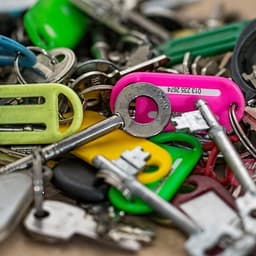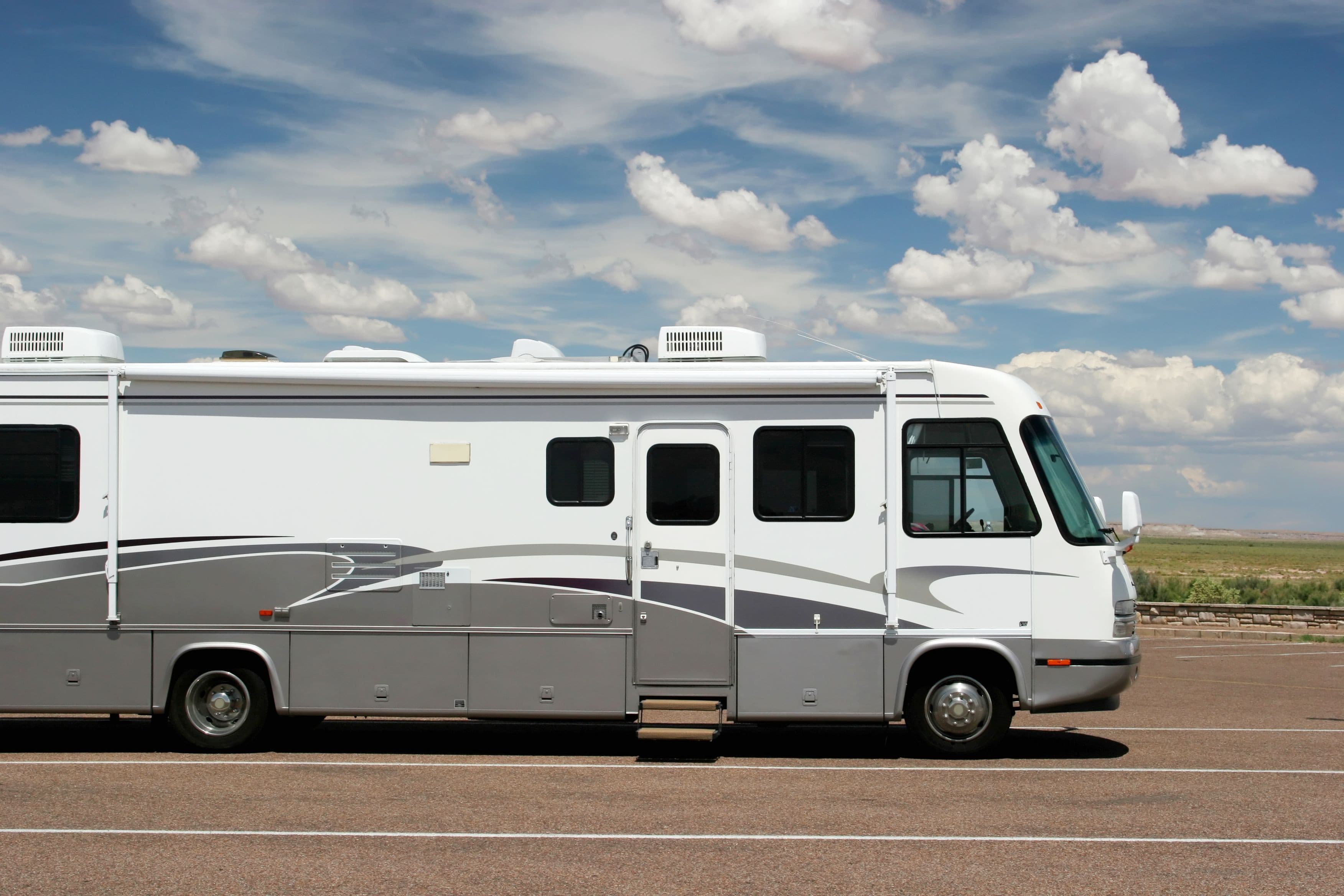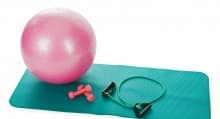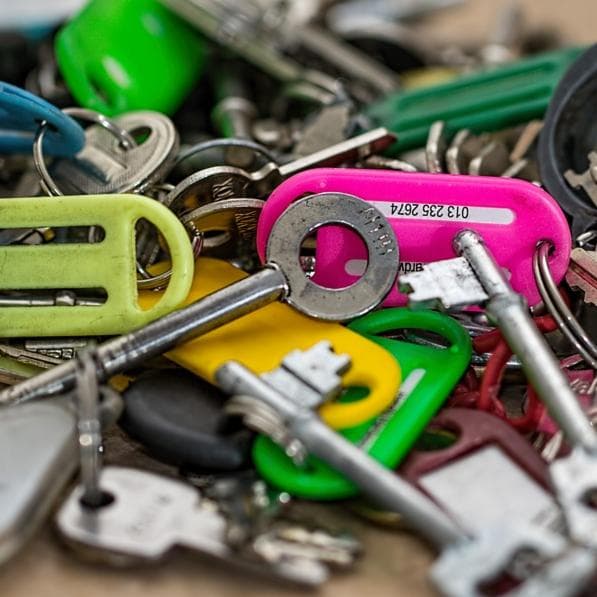Boating Checklist


Views
95
Views: 95
Uses
27
Uses: 27
Tasks
31
Tasks: 31
Introduction
- This is obvious, but make sure you have enough to get where you're going.
- Also called safety jackets by some, these are a must before going anywhere.
- The reason for this should be obvious, but be sure that they stay in working order!
- Make sure that tools that would be used to fix problems on board are on the boat, and some spare ones as well.
- Be sure that the battery is fully charged, cleaned and not corroded. Replace if needed.
- Do your distress signals (horns, lights, flares, etc) work properly? If not, fix or replace them!
- Squalls can do damage to boats, so pay attention to the forecast.
- This is common sense, though some people don't think about it; check for weak or broken links, and replace if needed.
- Sailboats need to be checked over thoroughly for cracks in the masts after bad storms, especially if the boat has tipped over.
- Check for rips or tears; quite often they can be patched, but sometimes the sail has to be replaced.
- Rowboats that do use these need to make sure that the oars don't have splits in them, and are still in usable shape.
- Always have at least one, preferable two spare batteries, and a charger on board, just in case.
- Check for leaks in all systems of the boat. Replace necessary lines where needed.
- Ensure that the rails are tight in the deck, and have not come loose.
- Make sure that the non-skid surfaces are just that; there should not slippery spots that need to be fixed or replaced.
- At the very least, have a day's worth of food with you on the boat at all times.
- Bottled water is a necessity as well; salt water will dehydrate you. Take a day's worth.
- Radios and cell phones are the best way to keep in contact with the mainland, especially if a storm hits.
- Make sure that this is fully stocked with everything, and keep the items in it fresh. Extra gauze and pressure bandages would be great.
- Flashlights for getting around in the dark onboard if the power goes out.
- This is a given, unless you want to look like a lobster and turn bright red.
- Because you'll be on the water, put your identification in waterproof envelope or something similar, along with a health card.
- Your itinerary should be listed with the local authorities, and you should at the very minimum have a nautical map.
- Always maintain your boat, and follow your different checklists to a tee.
- Turn one in with the local authorities so that if something happens, they know where to start looking.
- Use these to make sure you know how to safely deal with emergencies on your boat when needed.
- Always stay aware of what's going on around you; the weather can change, something can break instantly, so pay attention.
Details
Boating continues to become more popular every day, especially during the spring and summer months. Whether you are learning how to go boating for the sheer fun of it or to start a business, there are a few things to know. Learn how to use the safety jackets, and teach others to use them. Learn how to properly use everything on the boat you're manning, and always be prepared for anything that may come up. Always remember, safety is the most important thing, then fun; but you can do both at the same time!
Tips
Safety begins with the knowledge of how to use a number of different pieces of equipment on board a boat. Safety jackets and flotation devices are the most important piece of safety equipment for anyone on a boat. Depending on the type of boat, properly operating the sails and motors might be another skill to consider. Skill is learned, and what will help you become even safer out on the water.
Weather is always a huge factor when boating; if a storm is coming in, the waves can make it next to impossible to navigate. This would be where a lot of experience is important. Being smart enough to say you're going to go stay onshore is always a wise thing, and quite often, life-saving as well.
Deciding which body of water to go boating in is important. Always make sure that there is an experienced sailor on board. Have a plan as to where you are going, and when you'll arrive, and make sure people on shore know your plans and when to expect you. As your skills as a sailor increase, you can take on more responsibility.









